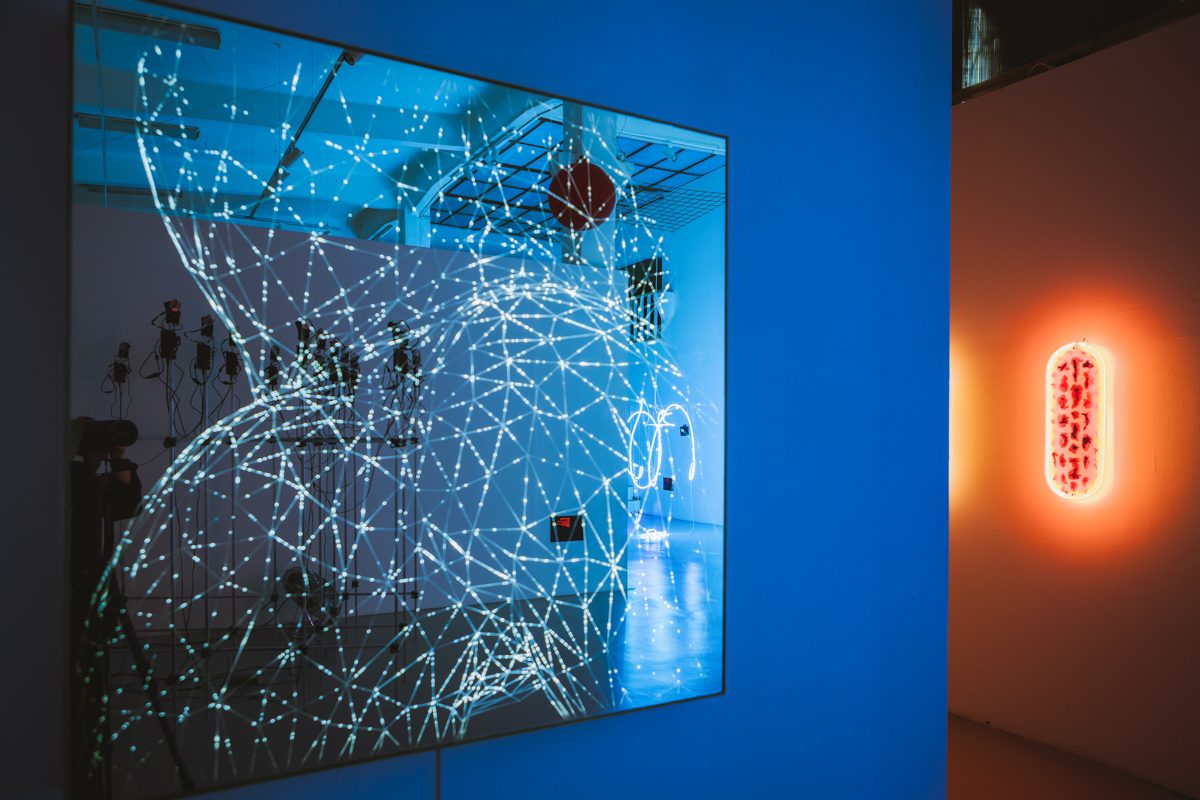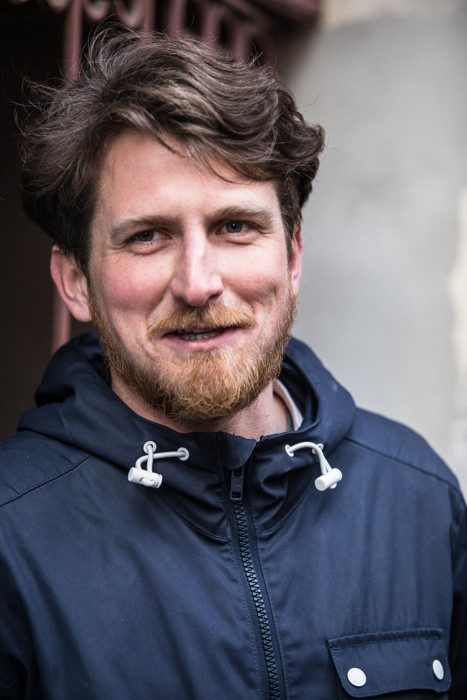Group exhibition – The Red Pill

Richard Loskot (1984) is a graduate of the Faculty of Art and Architecture at the Technical University in Liberec (Visual Communication Studio). He also studied for two years at the Akademie der Bildenen Künste in Michov (studio of Magdalena Jetelová). Richard Loskot's work is based on processuality and the creation of situations and environments that thematize human perception itself. At the same time, he uses sophisticated means and modern technologies, which as a result can appear to the viewer as an elaborate magic trick. He regularly presents his work at solo exhibitions, especially in the Czech Republic and Slovakia (e.g. at the National Gallery in Prague, the House of Art of the City of Brno or the City Gallery of Prague) as well as at group exhibitions here and abroad (e.g. Biennale Giovana Monza , the Rotor gallery in Graz or the Astrup Fearnley Museet in Oslo). In 2013, he was one of the finalists for the Blumm Prize in Brussels. In 2007, he won the Exit competition (Galerie Emila Filly, Ústí nad Labem) and was a finalist for the Jindřich Chalupecký Prize in 2014, 2012 and 2017. In 2018, he founded the UAII group focused on environment creation.
Richard Loskot is an artist with a strong sensitivity to the architectural and social properties of the environment, which he draws attention to with unspectacular but aesthetically precise interventions, using the physical and optical properties of materials such as time or the reflection of light. No spectacularity and amazement, no history of technology and the principle of the rear-view mirror, but the heightened sensitivity of each of us.
In his work, Richard Loskot mainly works with new technologies, from which he generates discoveries in the field of visual art and creates innovative objects and installations. Can use technical potential to experiment with new possibilities and functions. His art moves at the interface of research, sociology and architecture, while still not losing its aesthetic form and ability to communicate. These are craft and technically demanding projects that have a high artistic value - that's why they are also sought after by foreign curators.
